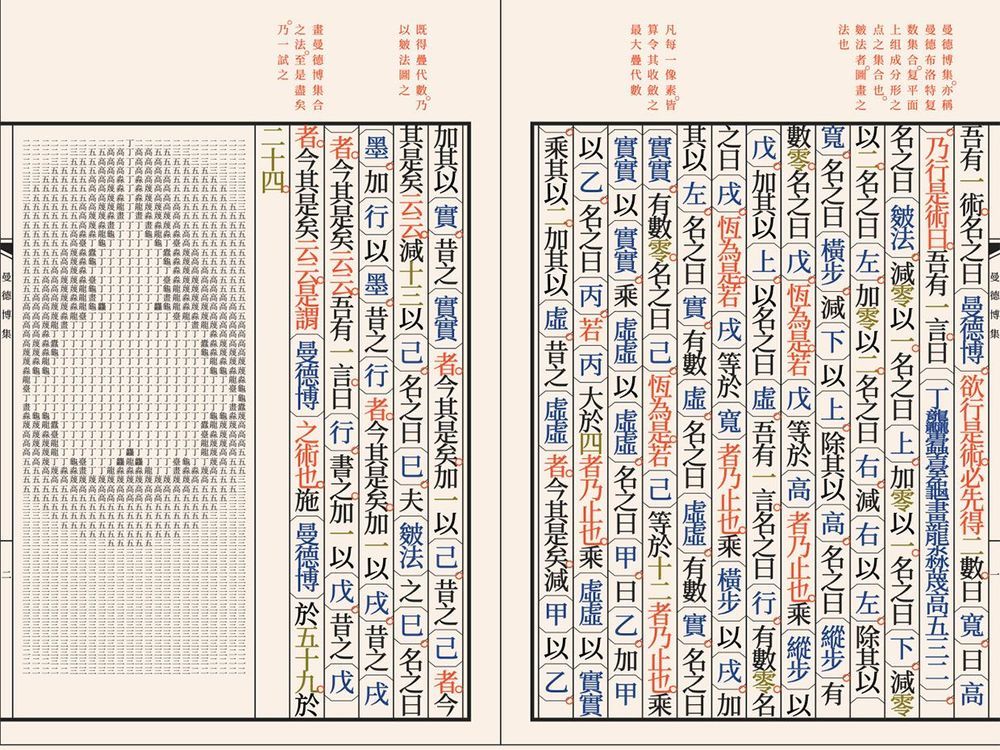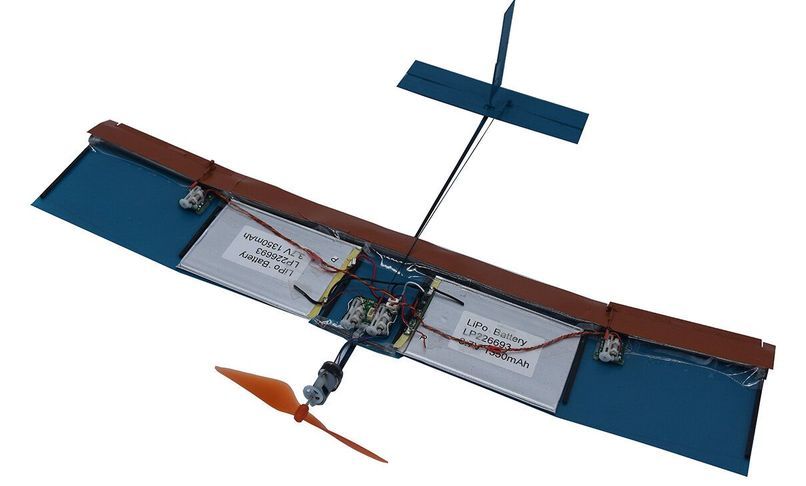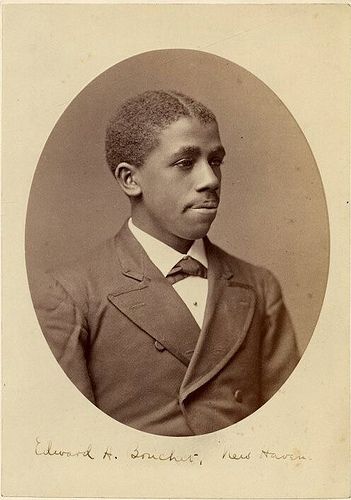What our senses allow us to experience may not reflect what actually exists. It may be a creation of our own consciousness, or a computer simulation designed by superintelligent beings.
The world’s first programming language based on classical Chinese is only about a month old, and volunteers have already written dozens of programs with it, such as one based on an ancient Chinese fortune-telling algorithm.
The new language’s developer, Lingdong Huang, previously designed an infinite computer-generated Chinese landscape painting. He also helped create the first and so far only AI-generated Chinese opera. He graduated with a degree in computer science and art from Carnegie Mellon University in December.
After coming up with the idea for the new language, wenyan-lang, roughly a year ago, Huang finished the core of the language during his last month at school. It includes a renderer that can display a program in a manner that resembles pages from ancient Chinese texts.
Researchers from Brown University have designed a new type of wing that could make small fixed-wing drones far more stable and efficient.
The new wing replaces the smooth contour found on the leading edges of most airplane wings with a thick flat plate and a sharp leading edge. Counterintuitive as it may seem, it turns out that the design has distinct aerodynamic advantages at the scale of small drones. In a paper published in Science Robotics, the researchers show that the new wing is far more stable than standard wings in the face of sudden wind gusts and other types of turbulence, which often wreak havoc on small aircraft. The wing also provides an aerodynamically efficient flight that translates into better battery life and longer flight times.
“Small drones can be really useful in many applications, including flights in populated areas as they are inherently safer for humans, but there are problems operating aircraft at those small scales,” said Kenny Breuer, a professor in Brown’s School of Engineering and the study’s senior author. “They tend to be inefficient, which limits the battery-powered flight times of most drones to around 30 minutes or so. They also tend to get blown around by puffs of wind and turbulent air coming from obstacles such as buildings and trees. So we’ve been thinking about a wing design that might combat those problems.”
Have always been fascinated with architecture, design, space, travel, and technology.
Big windows, fresh fruit and regular phone calls home help manage the mental health of astronauts on the International Space Station. But missions to Mars on beyond will require a whole new approach to how spaceships are designed.
ThorCon is a nuclear reactor with molten salt fuel containing thorium+uranium that is walk-away-safe. ThorCon would be completely manufactured in 150 to 500 ton blocks in a shipyard, assembled and towed to a site, with order of magnitude improvements in productivity, quality control, and build time.
Edward Alexander Bouchet (September 15, 1852 – October 28, 1918) was an African American physicist and educator and was the first African-American to earn a Ph.D. from any American university, completing his dissertation in physics at Yale in 1876. While completing his studies, Bouchet was also the first African American to be inducted in to Phi Beta Kappa for his stellar academic performance in his undergraduate studies. Bouchet’s original research focused on geometrical optics, and he wrote a dissertation entitled “On Measuring Refractive Indices.”
Unfortunately, after completing his dissertation, Bouchet was unable to find a university teaching position after college, probably because of racial discrimination. Bouchet moved to Philadelphia in 1876 and took a position at the Philadelphia’s Institute for Colored Youth (now Cheyney University of Pennsylvania), where he taught physics and chemistry for the next 26 years. Bouchet spent the next several years in several different teaching positions around the country. In 1916, Bouchet returned home to New Haven in poor health, and died in 1918 at age 66.
Dr. Bouchet’s impact on physics still resonates today around the world. The American Physical Society (APS Physics) confers the Edward A. Bouchet Award on some of the nation’s outstanding physicists for their contribution to physics. The Edward Bouchet Abdus Salam Institute was founded in 1988 by the late Nobel Laureate, Professor Abdus Salam under the direction of the founding Chairman Charles S. Brown. In 2005, Yale and Howard University founded the Edward A. Bouchet Graduate Honor Society in his name.
Scientists imagined some innovative technologies that could enhance a future mission to Uranus or Neptune.
I’ve been reading Scientific American for over 40 years, and it’s always giving me a good overview of topics that I’m unfamiliar with. I have come across a few recent articles on the topic of Banning Killer Robots. Here are web links to two excellent articles:
https://www.scientificamerican.com/my-account/login/?s=1
Nations racing to acquire weapons that choose their own targets are ignoring the apocalyptic scenarios that can unfold when rivals catch up.
Evolutionary Medicine — Linking human pathology with our past, present, and future evolutionary trajectories — ideaXme (http://radioideaxme.com/) welcomes Prof. Dr. Frank Rühli, Director of the Institute of Evolutionary Medicine, University of Zurich — #Ideaxme #EvolutionaryMedicine #Evolution #Microevolution #Paleopathology #BiologicalAnthropology #ComparativeAnatomy #Mummies #Mummy #Hypercholesterinemia #Diabetes #DrugAddiction #Health #Wellness #Regeneration #Longevity #Aging #IraPastor #Bioquark #Regenerage
Ira Pastor, ideaXme exponential health ambassador, interviews Professor Dr. Frank Rühli, Director of the Institute of Evolutionary Medicine and on the Medical Faculty of University of Zurich, and Founding Director, Chair, Full Professor of Evolutionary Medicine.
Ira Pastor Comments
Well, it’s a good thing, but not what I was hoping for. 3 gene therapies though Church is otherwise testing 45. But this is not the rejuvenation I was getting optimistic about. Still, I’m sure as I am getting older that I will be grateful when a treatment comes my way for something when I am elderly. But frankly this was overhyped from the start and I was part of that equation spreading a “2025” figure for some time.
Gene Therapy.
An ‘anti-aging’ gene therapy trial in dogs begins, and Rejuvenate Bio hopes humans will be next.
The startup, spun out of George Church’s lab, has tested an experimental therapy that treats four age-related diseases in mice.









